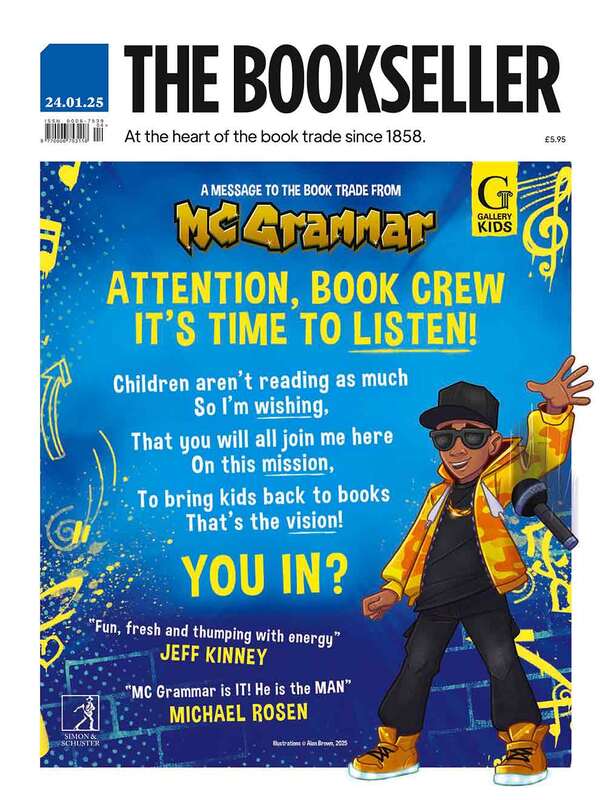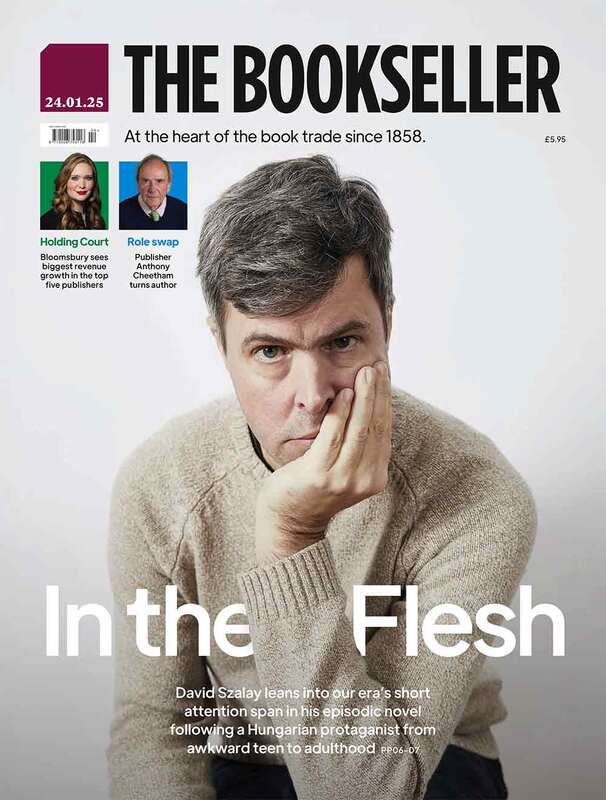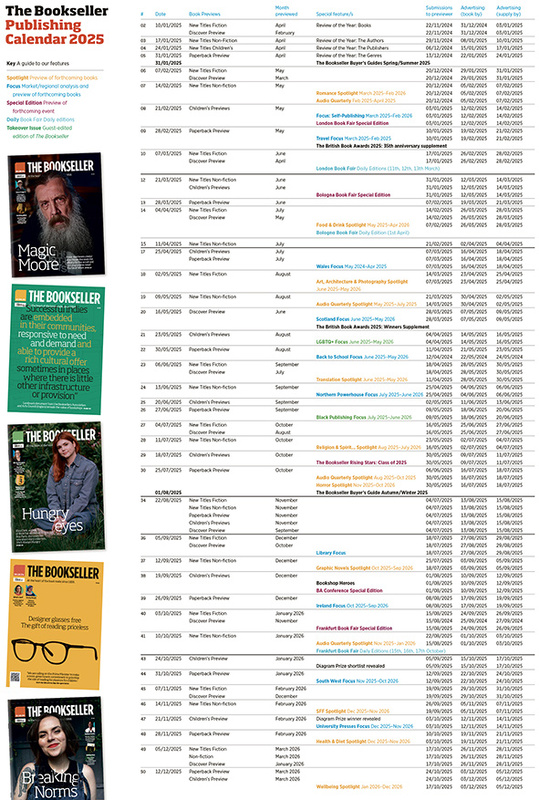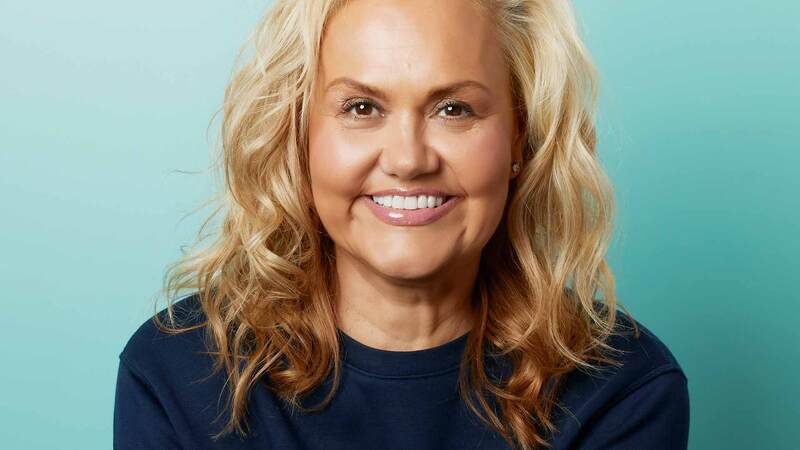You are viewing your 1 free article this month. Login to read more articles.
The series effect
Audiobook series are a goldmine; here’s how to get them right.
If you’re a publisher lucky enough to have a prolific series-writing author or two in your canon, you’ll likely be sat smugly. Even if so, read on. If you’re a publisher not yet with that author in your list, read on.
Book series are a gold mine. In print, in digital, in audio. Valuable to the readers who lap up the words feverishly, lucrative to the author and publisher and the advantageous glue that platforms and retailers just love for retaining customers.
And series aren’t solely the realm of Wimpy Kid, Harry Potter and George R R Martin, or Harlequin, or new digital-only publishers such as Denmark’s Steam. Every genre, every sub-genre, every niche of every sub-genre has its core fanbase and the ability to capitalise on series. And series in the audio space are an even bigger beast of the leash. Fuelled by the habit-forming podcast epidemic and energised by their multi-tasking friendliness, audiobook series provide rich and fertile grounds for savvy publishers.
Some analysis of amalgamated reading data from across Beat Technology’s platforms in 10 European markets provides us with some fascinating insights around book series including reader retention, completion rates and (apart from the narrative itself) what other elements are likely to trigger success in a series.
For this piece I’ve removed the anomalies of superstar series, and looked solely at largely unpromoted series by non-household name authors whose work is largely discovered organically in platforms. In both e-book and audiobook formats, when looking at readers completing book two in a series and then moving straight onto book three in the same series, the retention rate is 57%. If you delve even deeper into longer series, the retention rate of a reader from book 19 to book 20 is a staggering 91%.
The concept of a reader gliding seamlessly from one book in a series to the next is nothing new. It’s the belief/hope of the publisher that this happens anyway, but until now they’ve never been able to truly know the actual reader’s habits, only how many copies each title sells and when. The tools at hand in print have generally been restricted to adding the opening chapter of the next book in the series at the end of a book, or upselling the series’ jackets in each book’s end-pages. Admittedly, the advent of Kindle certainly enhanced this journey, with the reader able to purchase the next title with just a few clicks on completion, but that is nothing compared to the seamless auto-play method in today’s subscription-dominated world. At least, if you’re outside the UK’s until-now Amazon/Audible bubble.
Unify the jacket design, polish the metadata, get numbering, double check the ONIX fields, book those narrators smartly and start serialising more
Publishing audiobook series is the business of retention.
It’s clear that some series successfully retain their readers better than others of course. So it’s fundamental to focus on which common traits are shared by those successful series:
Narrator – if the feedback on the narrator for book one have been positive, ensure the whole series is voiced by the same actor (if befitting the narrative). Publishers and platforms will also then benefit in the huge popularity upsurge in “search by narrator” on services.
Design – ensure the jackets have a stylistic theme which clearly shows in relationship between titles.
Numbering – don’t be shy in numbering the series. Whether it be in the jacket design or the title, the number shows the reader that there’s more to explore. Include that number information in the synopsis. Let the reader know this is book eight of 20.
Metadata – make your metadata bullet proof. Platforms and their ability to provide the next perfect read (which should hopefully be the next book in the series) thrive and propel off the metadata. Ensure the series information is in that ONIX feed.
None of this is rocket science? Great – then just do it! It still leaves me dumbfounded that these simplistic (and, let’s face it, very traditional) methods aren’t religiously put into place for audiobooks. Whether it’s a credit-based service, all-you-can-eat (UK readers be envious) or even a la carte sales, digital audio platforms are in the perfect position to upsell series and backlist to their users and to encourage the user to listen to more. Just make sure that next listen or purchase is yours.
Around the world, audio platforms creating their own original content are putting these very practices into place methodically — and reaping their own rewards. They’ve created a data-driven publishing ecosystem of their own, often having to pay no ongoing author royalties, but capturing all of the listener-reader’s attention span and hooking them long-term, to boot.
So let’s not leave these simple cracks unfilled any longer: unify the jacket design, polish the metadata, get numbering, double check the ONIX fields, book those narrators smartly and start serialising more. Capitalise on an already thriving space and habit that’s there for the taking.
Nathan Hull will be speaking on the panel The Spotify dilemma: is streaming the new a la carte? at FutureBook23 on Monday 27th November. To book your in person or online ticket, click here.



















